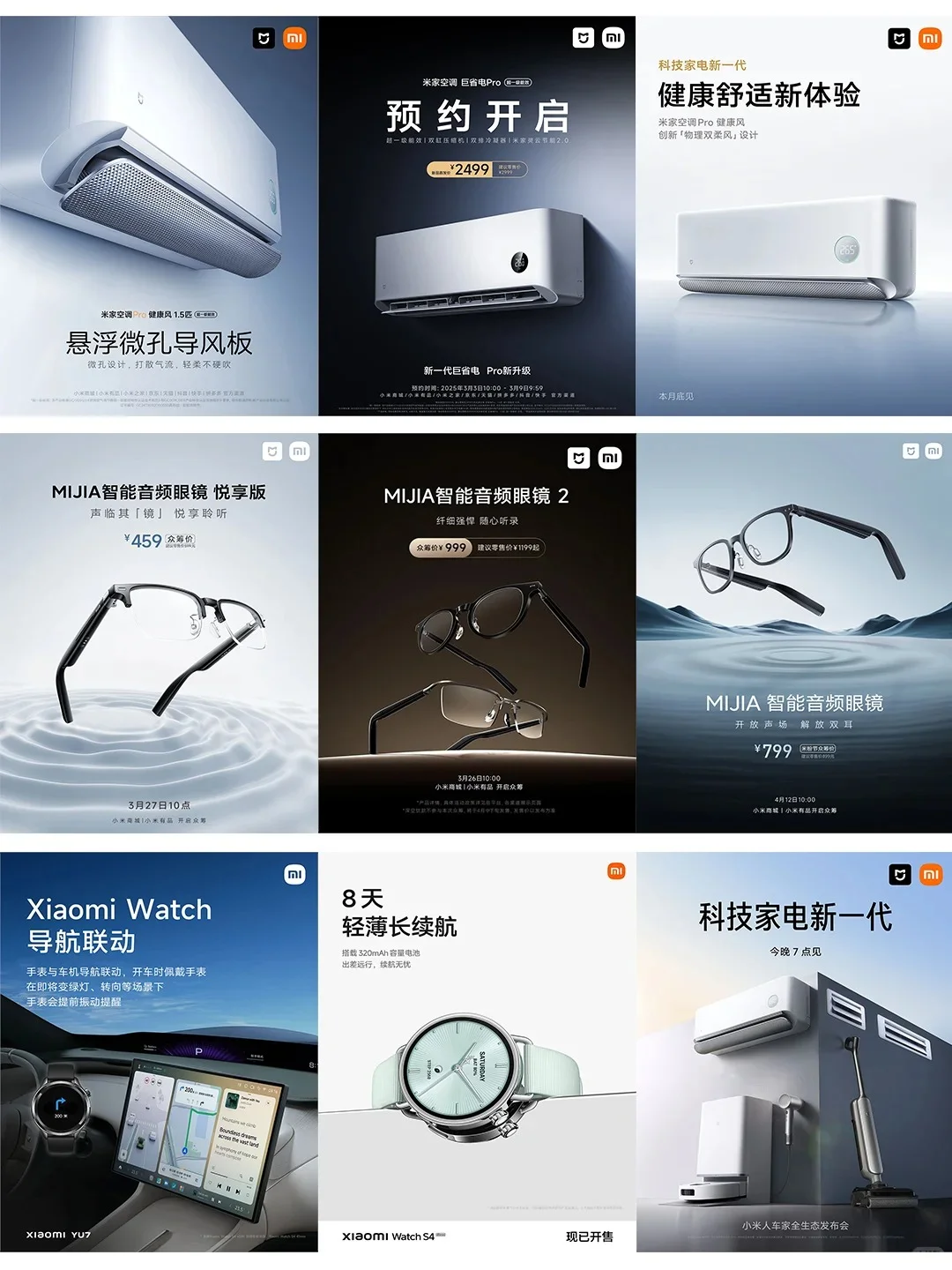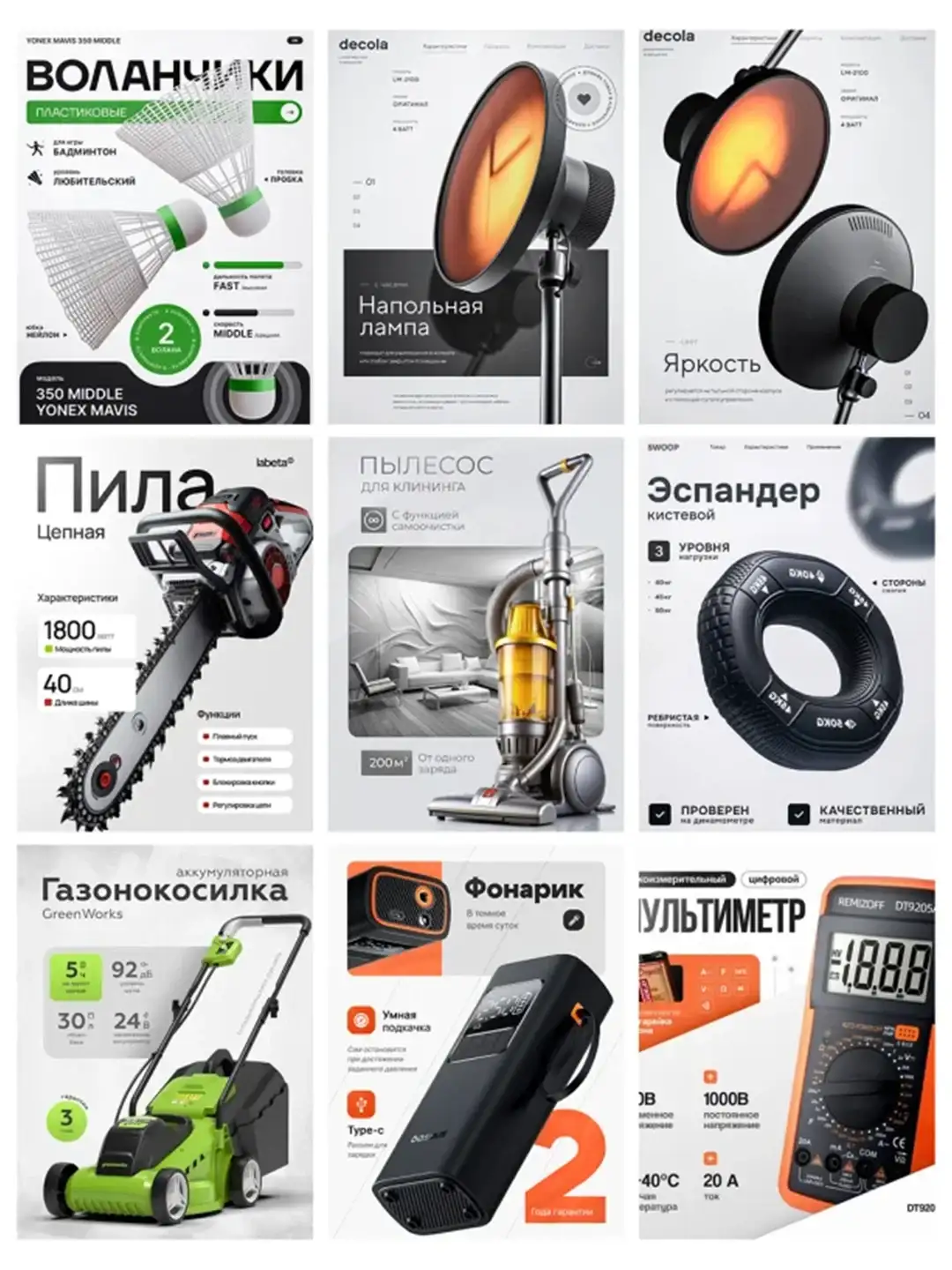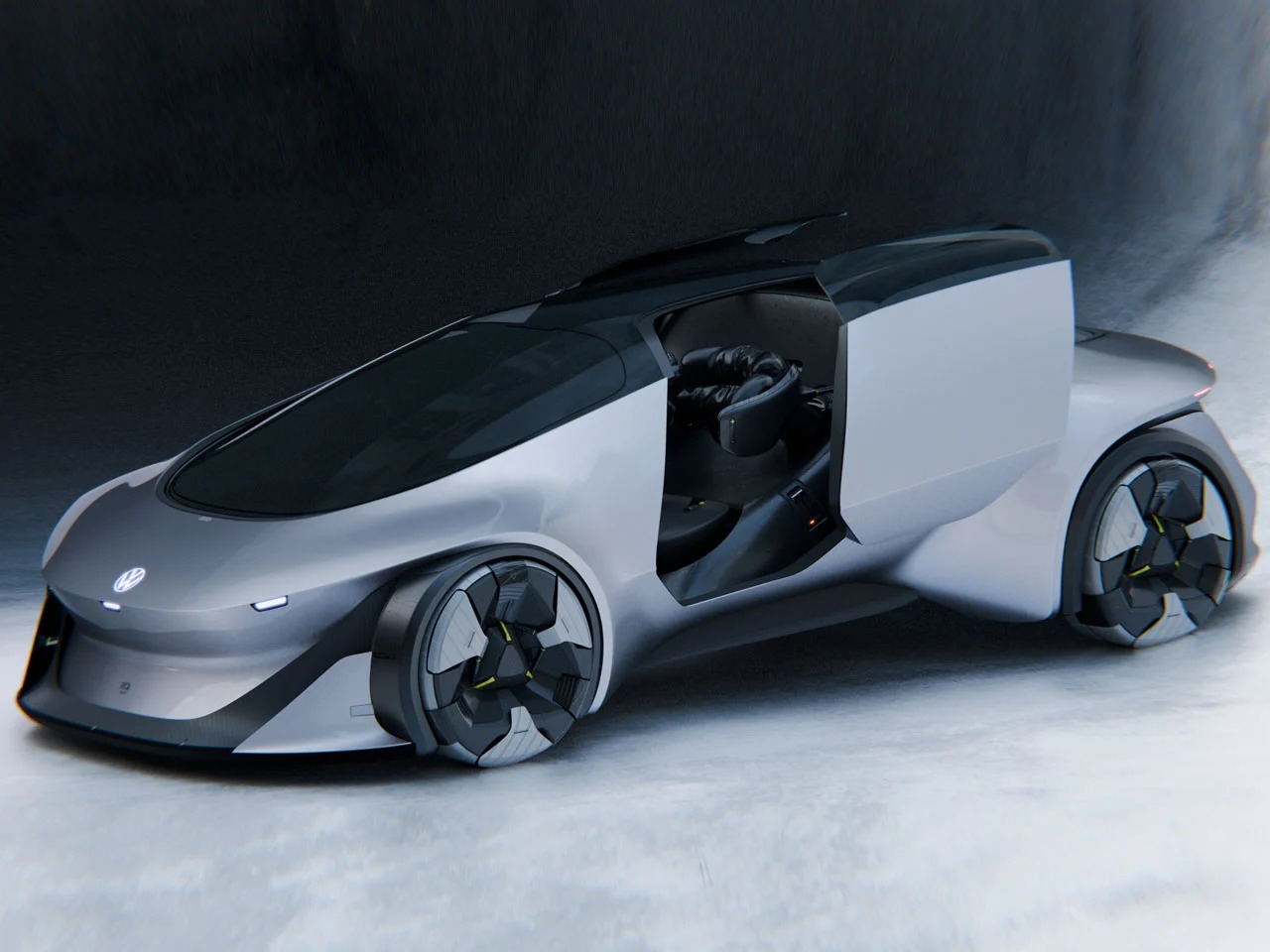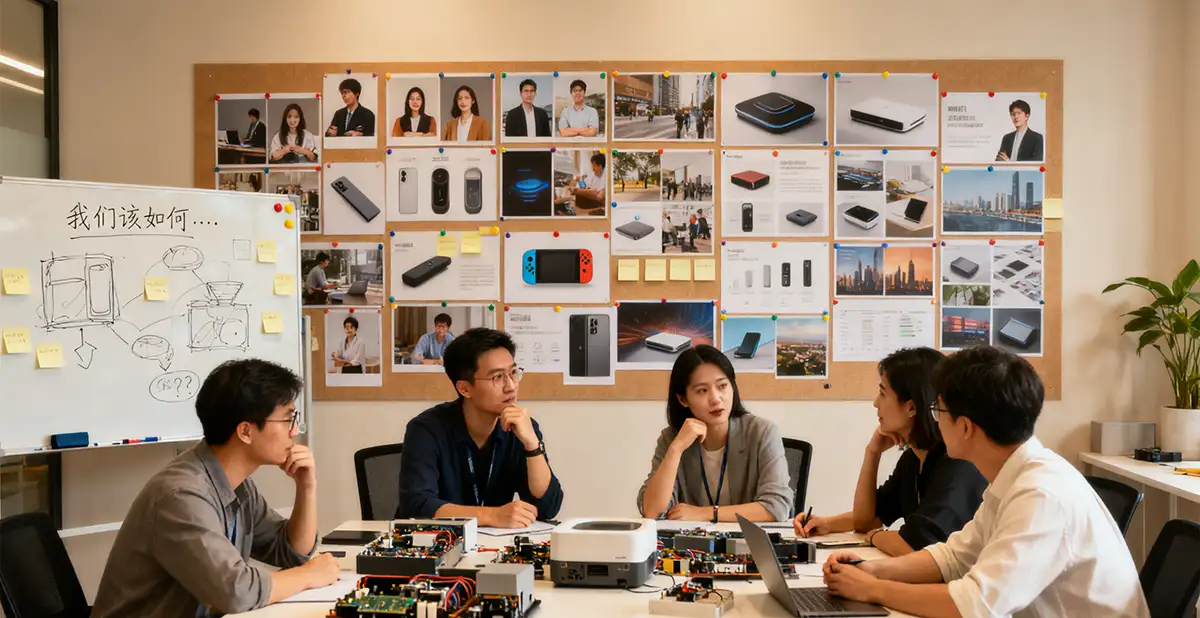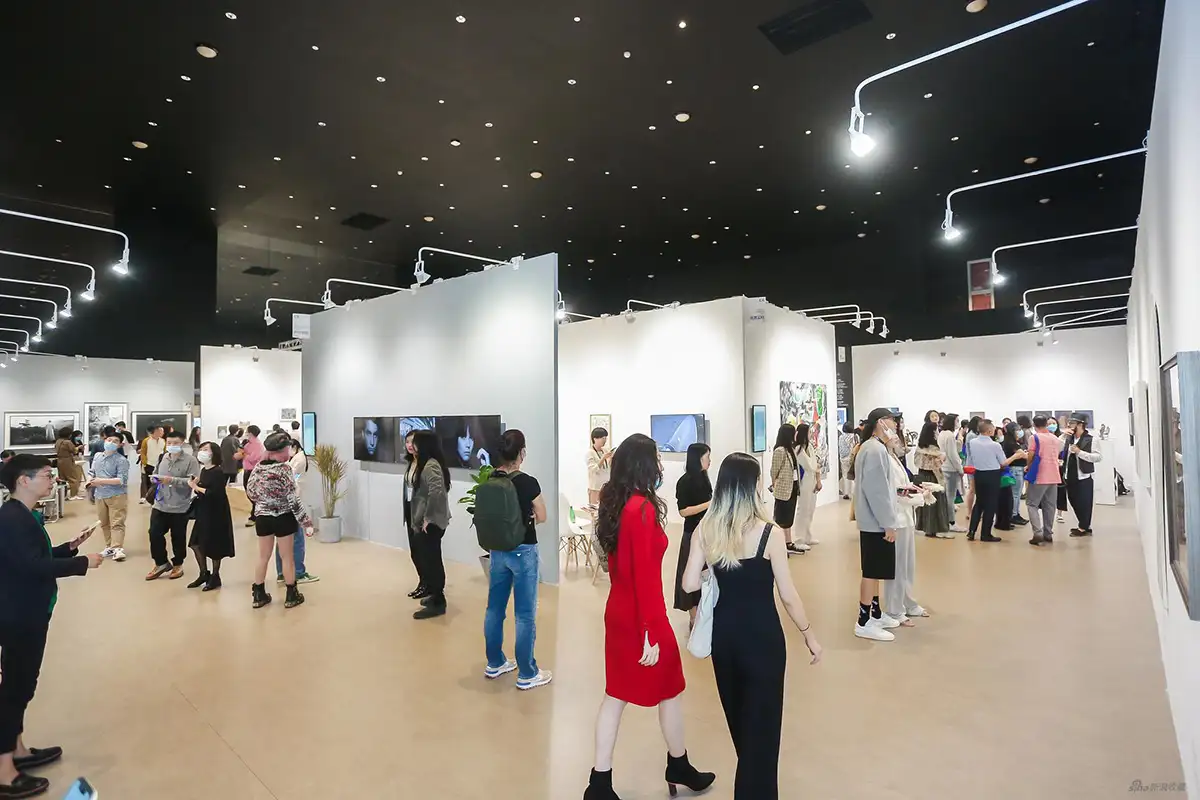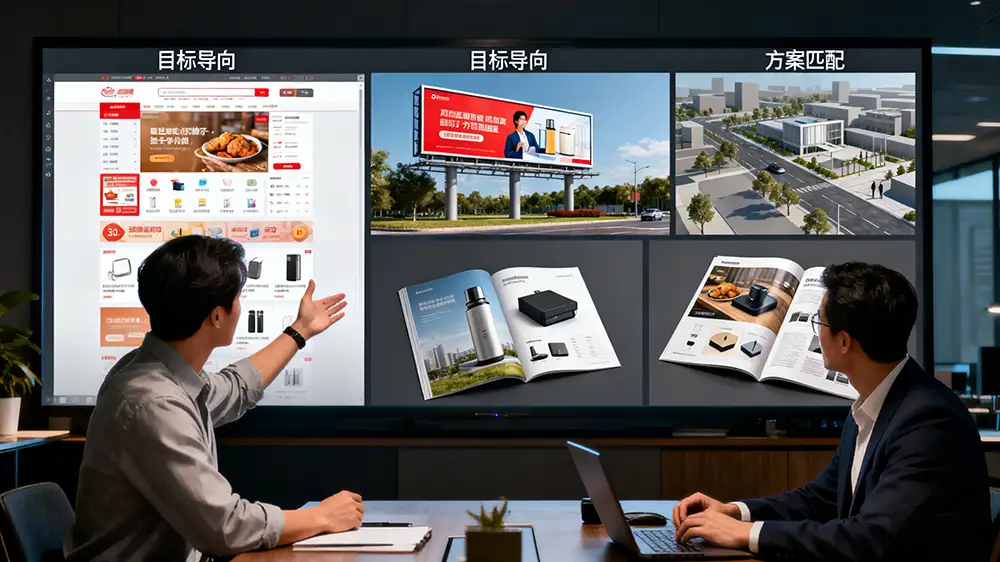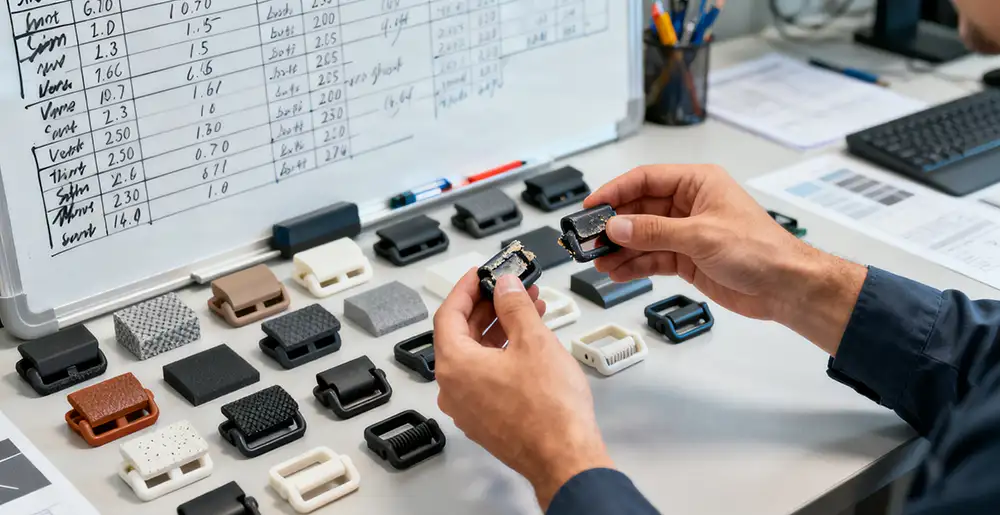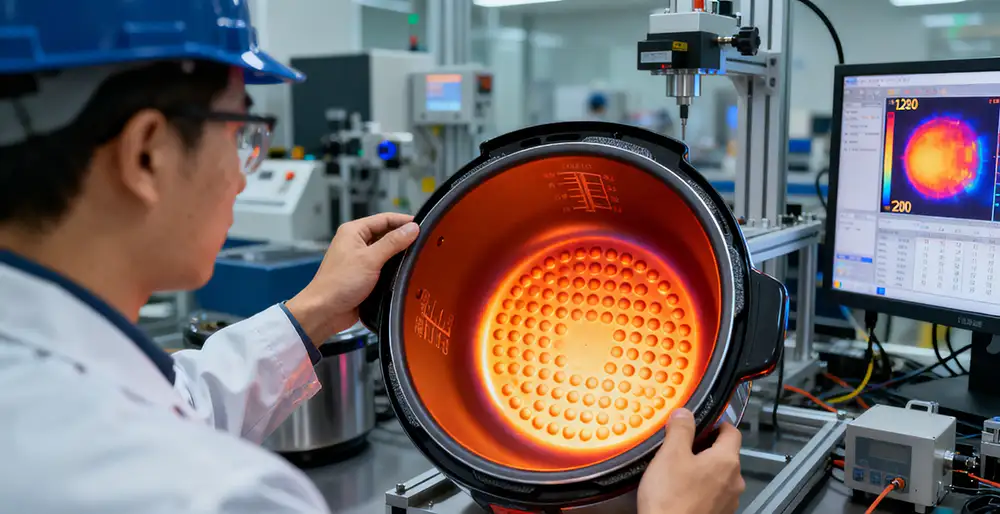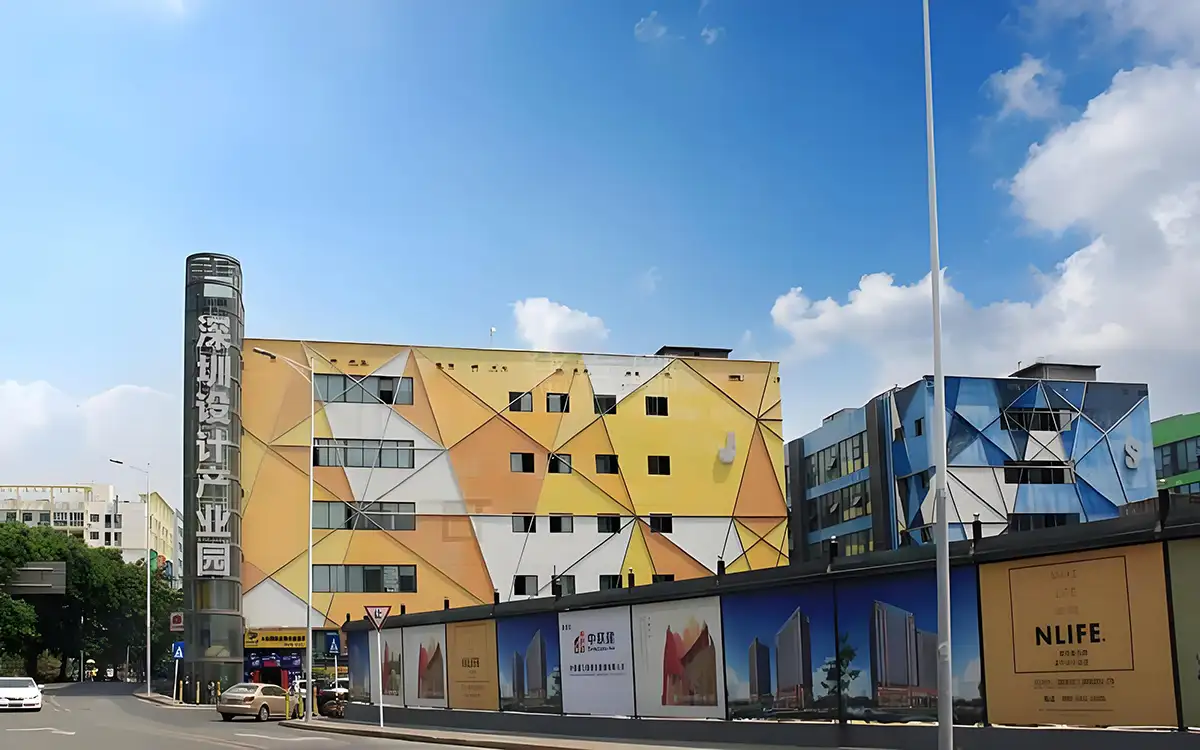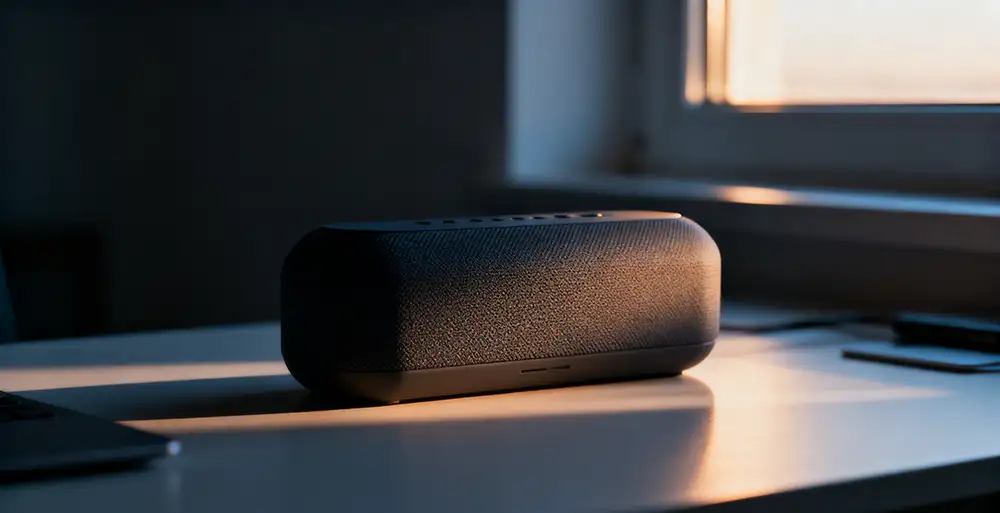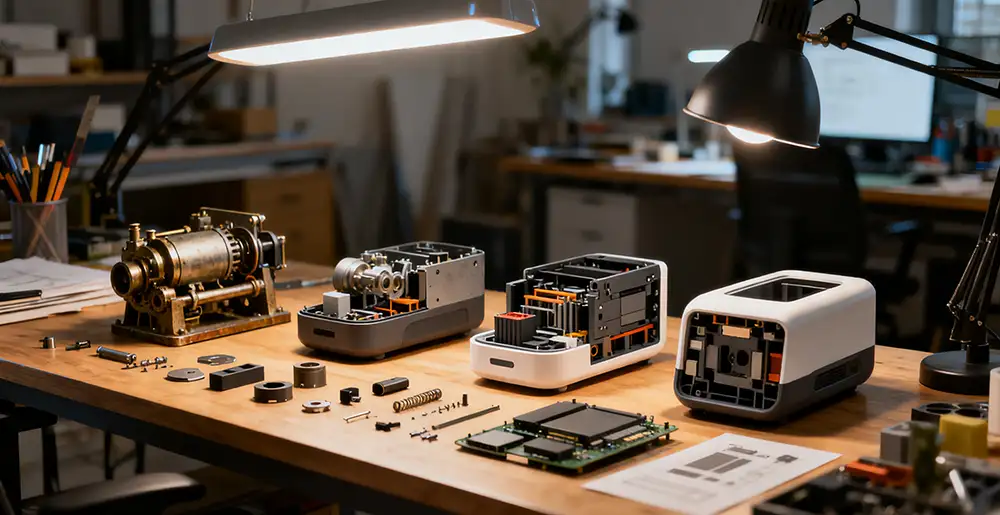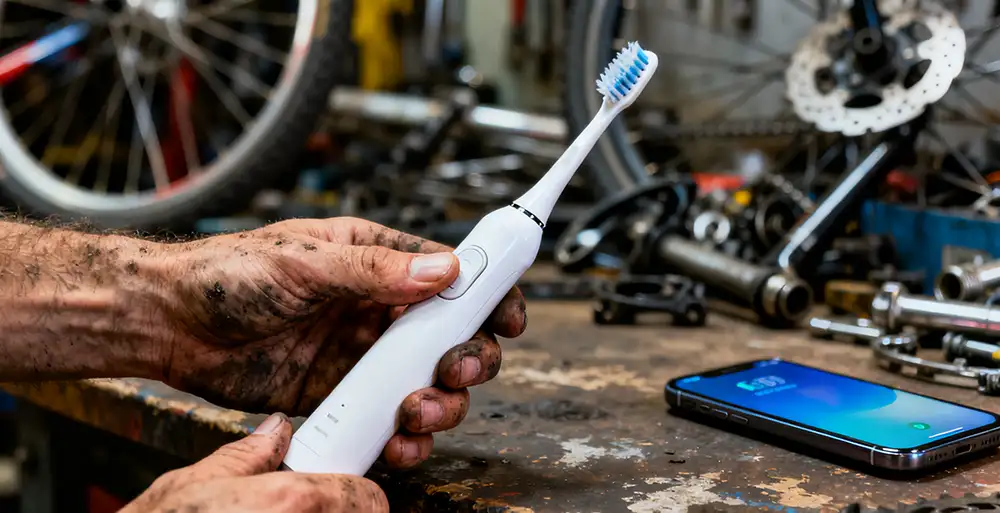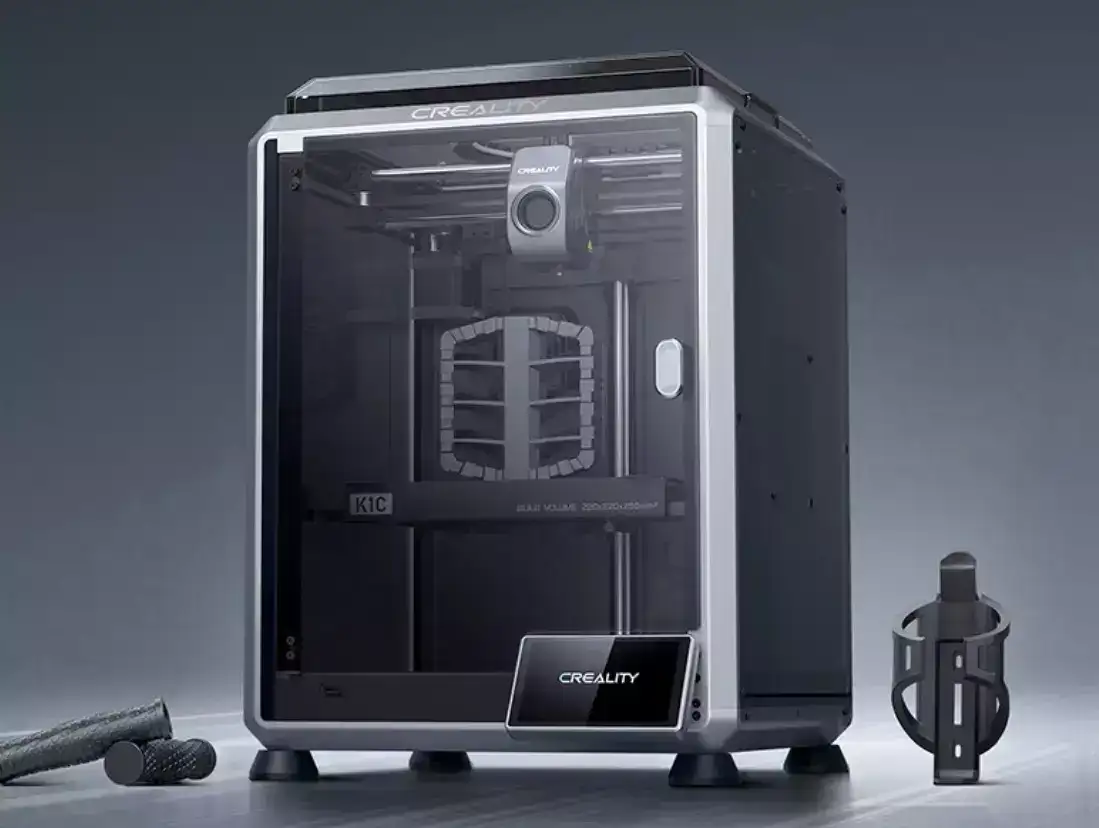NINEIDEA:深泽直人的 “无意识设计” 理念,如同一场悄然蔓延的思潮,对深圳工业设计领域产生了多维度且深远的影响。深泽直人的 “无意识设计” 理念为深圳工业设计注入了新的活力与思考方向,从思维方式到设计风格,从细节把控到生活融合,全方位推动了深圳工业设计的发展与进步,使其在满足用户需求、提升产品品质和增强市场竞争力等方面取得显著成效。
设计思维的转变
在深圳工业设计领域,“无意识设计” 促使设计师从关注产品的显性功能,转向挖掘用户潜意识中的潜在需求。以往部分设计可能过度追求新颖外观或复杂功能,却忽略了用户使用产品时最自然、本能的反应。例如在深圳的电子消费产品设计中,受 “无意识设计” 启发,设计师开始思考如何让用户在操作电子设备时,能凭借下意识的动作就完成任务。像手机的充电接口设计,过去不同品牌接口各异,用户需刻意区分正反方向插入。如今,一些深圳企业借鉴 “无意识设计” 理念,采用对称式或有明显引导标识的接口设计,用户无需思考就能轻松完成充电操作,大大提升了使用体验。这种思维转变,让设计更贴近用户真实需求,注重产品与用户之间的自然交互。
对简约设计风格的推动
深泽直人的设计以简约著称,“无意识设计” 理念倡导去除不必要的装饰,让产品回归本质。在深圳,这种理念引领了一股简约设计潮流。无论是家居用品还是数码产品,简约风格日益受到青睐。深圳的家具设计行业,许多品牌摒弃了繁琐的雕花与复杂线条,采用简洁流畅的造型和自然质朴的材料,如原木、棉麻等,营造出简洁而温馨的家居氛围。这种简约设计不仅符合当下消费者追求简洁生活的审美趋势,同时也降低了生产过程中的材料与工艺成本,提高了生产效率,使产品在市场上更具竞争力。
对细节把控的强化
“无意识设计” 强调对细节的极致关注,因为往往是那些看似微不足道的细节,能给用户带来意想不到的惊喜与便利,从而提升产品的整体品质。深圳工业设计师在这一理念影响下,对产品细节的把控越发严格。以智能手表设计为例,深圳的设计师们不再仅仅关注屏幕显示、功能模块等主要部分,还注重表带与表身连接处的舒适度、按键的触感以及充电触点的隐蔽性等细节。通过对这些细节的精心打磨,产品不仅在功能上满足用户需求,更在使用过程中给用户带来舒适、愉悦的感受,使产品在市场上脱颖而出,赢得消费者的认可与信赖。
促进设计与生活融合
“无意识设计” 追求将设计巧妙融入日常生活,让产品成为生活的一部分,而不显得突兀。深圳作为创新活力之城,工业设计师们受此影响,致力于打造与生活场景无缝衔接的产品。比如在共享出行产品设计方面,深圳的设计师考虑到用户在骑行过程中的各种生活场景需求,在共享单车车筐内设计了防滑垫,防止物品滑落;车把处设计了手机支架卡槽,方便用户导航。这些设计让共享单车更好地融入用户的出行生活,为用户提供便利的同时,也提升了品牌形象,体现了设计与生活紧密融合的理念。
@NINEIDEA九号创新 www.nineidea.com
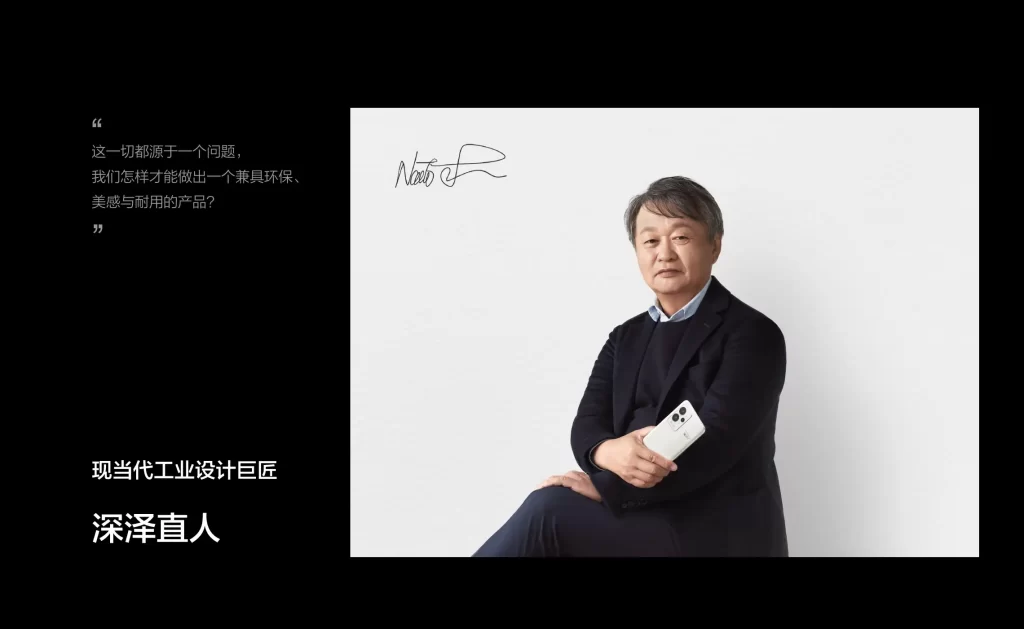
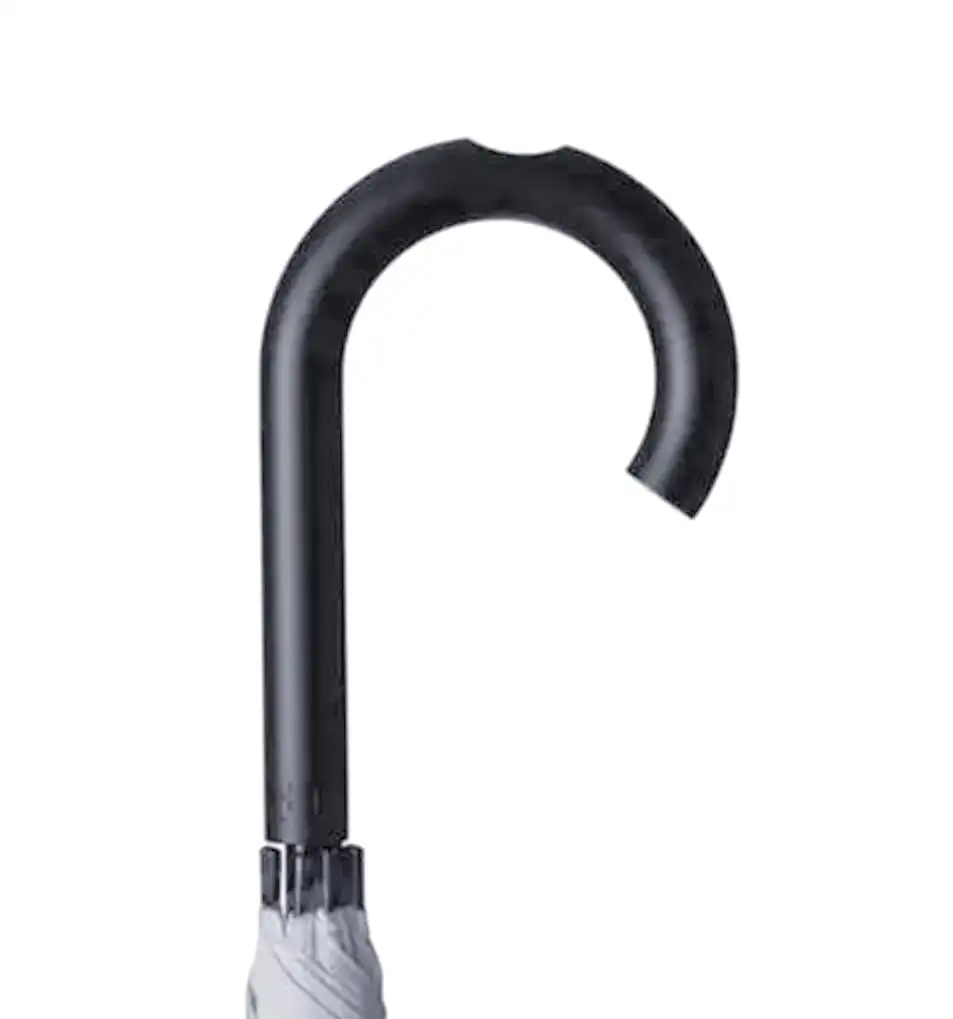
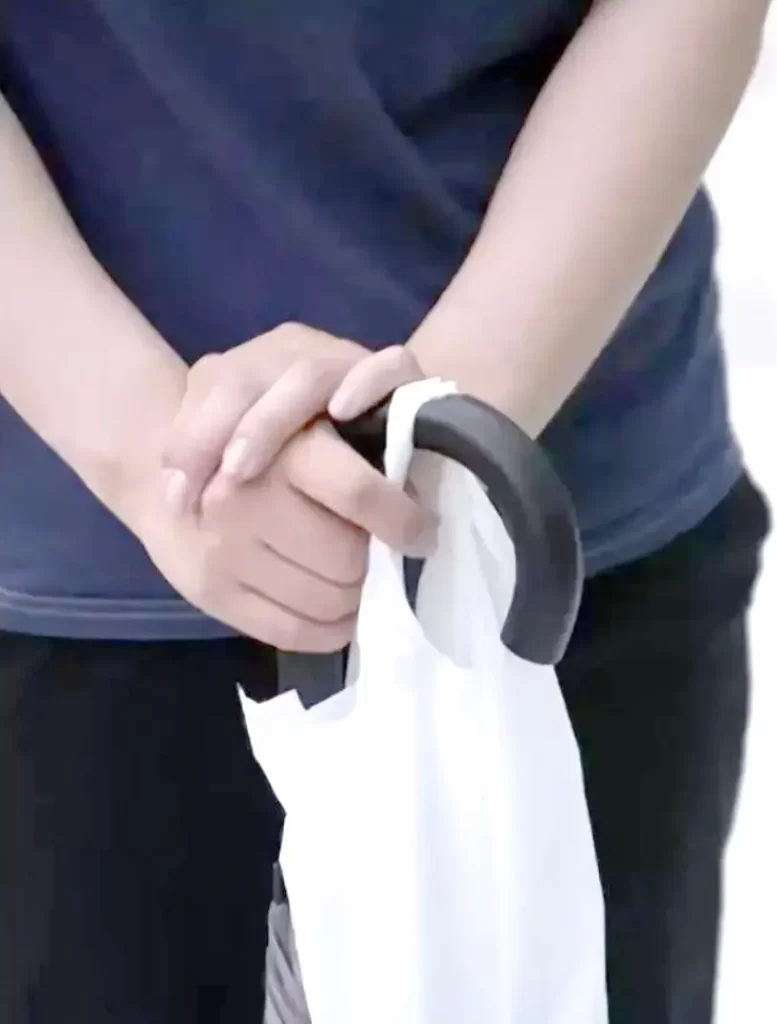
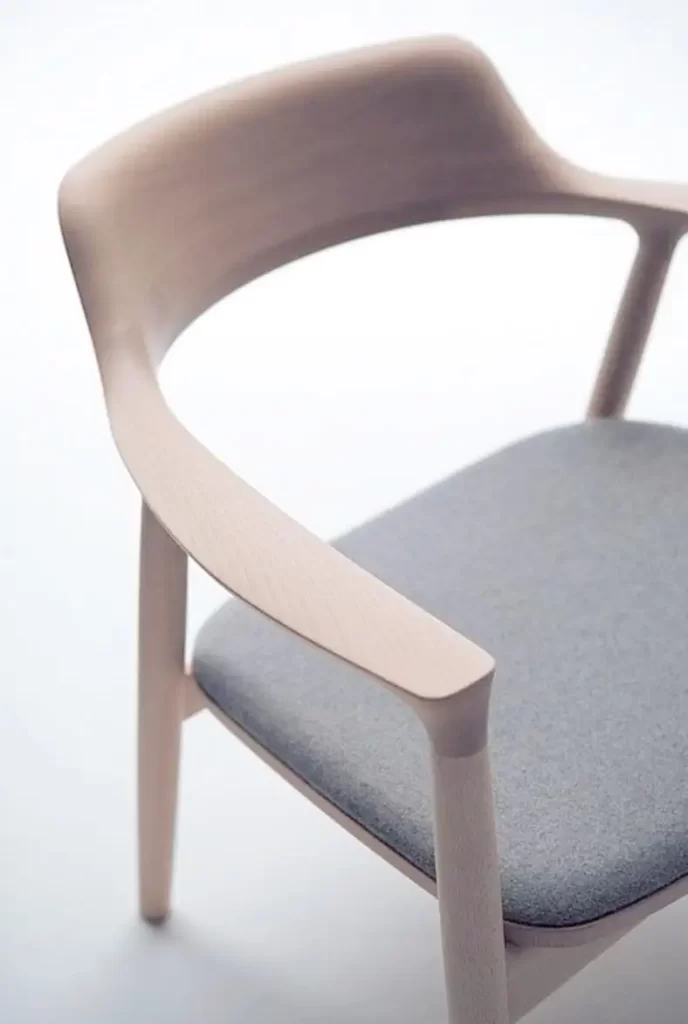
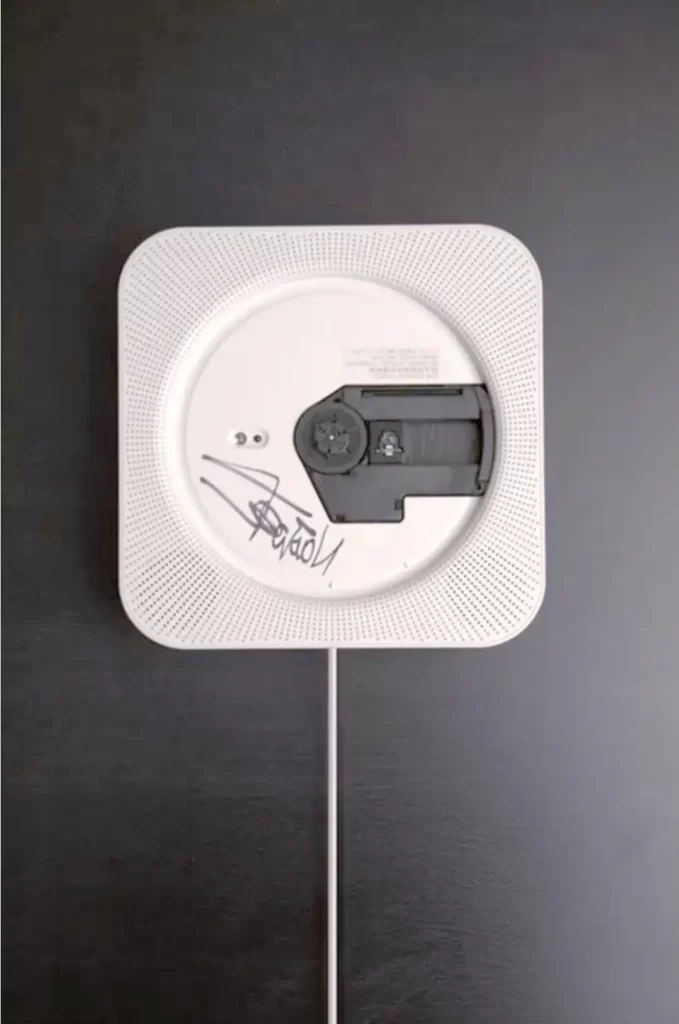
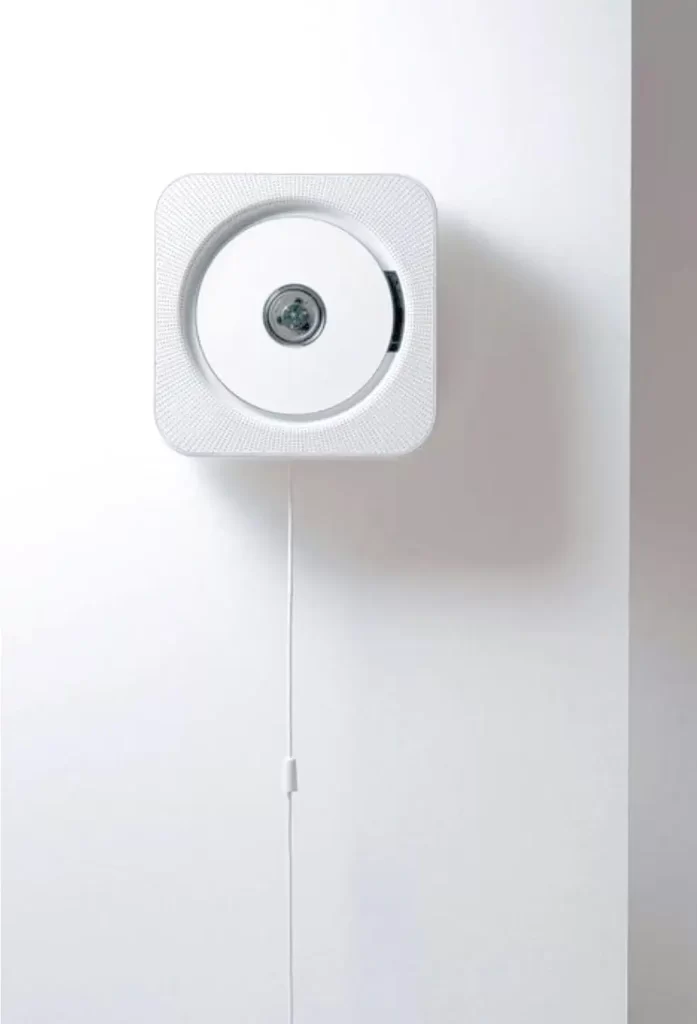
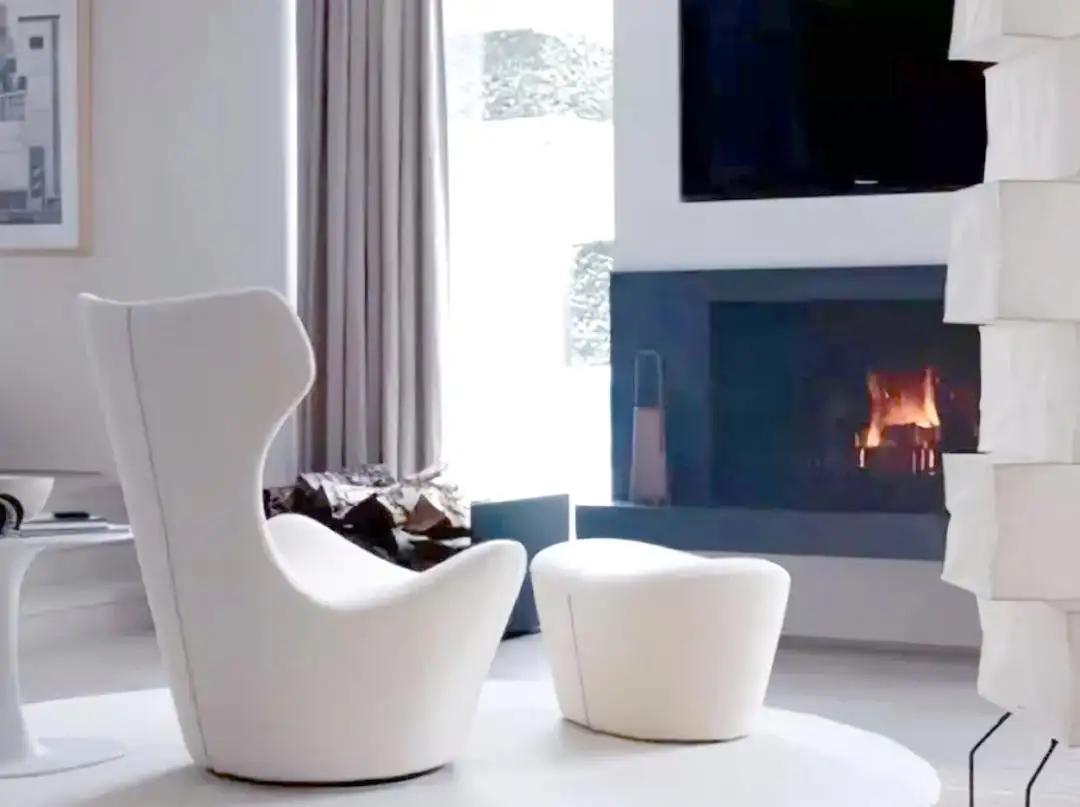
The impact of Naoto Fukasawa’s “unconscious design” on the field of industrial design in Shenzhen
NINEIDEA: Naoto Kanazawa’s “unconscious design” concept, like a quietly spreading trend of thought, has had a multi-dimensional and far-reaching impact on Shenzhen’s industrial design field. The concept of “unconscious design” by Naoto Fukasawa has injected new vitality and thinking direction into Shenzhen’s industrial design. From thinking mode to design style, from detail control to life integration, it has comprehensively promoted the development and progress of Shenzhen’s industrial design, achieving significant results in meeting user needs, improving product quality, and enhancing market competitiveness.
The transformation of design thinking
In the field of industrial design in Shenzhen, “unconscious design” has prompted designers to shift their focus from the explicit functions of products to exploring the potential needs of users’ subconscious. In the past, some designs may have excessively pursued novel appearances or complex functions, but overlooked the most natural and instinctive reactions of users when using the product. For example, in the design of electronic consumer products in Shenzhen, inspired by “unconscious design”, designers began to think about how to enable users to complete tasks through subconscious actions when operating electronic devices.
Like the charging interface design of mobile phones, different brands have different interfaces in the past, and users need to deliberately distinguish between positive and negative insertion directions. Nowadays, some Shenzhen companies have borrowed the concept of “unconscious design” and adopted symmetrical or clearly guided interface designs, allowing users to easily complete charging operations without thinking, greatly improving the user experience. This shift in thinking makes design more closely aligned with the real needs of users, emphasizing the natural interaction between products and users.
Promoting the minimalist design style
Naoto Fukasawa’s design is known for its simplicity, and the concept of “unconscious design” advocates removing unnecessary decorations and returning products to their essence. In Shenzhen, this concept has led a trend of minimalist design. Whether it’s household items or digital products, minimalist style is increasingly favored. In the furniture design industry in Shenzhen, many brands have abandoned tedious carvings and complex lines, adopting simple and smooth shapes and natural and rustic materials such as logs, cotton and linen to create a simple and warm home atmosphere.
This minimalist design not only conforms to the aesthetic trend of consumers pursuing a simple life, but also reduces material and process costs in the production process, improves production efficiency, and makes the product more competitive in the market.
Strengthening the control of details
Unconscious design emphasizes the ultimate attention to details, as seemingly insignificant details can bring unexpected surprises and convenience to users, thereby enhancing the overall quality of the product. Under the influence of this concept, industrial designers in Shenzhen have become increasingly strict in controlling product details. Taking smart watch design as an example, designers in Shenzhen no longer only focus on the main parts such as screen display and functional modules, but also pay attention to details such as the comfort of the connection between the strap and the watch body, the touch of the buttons, and the concealment of the charging contacts.
By carefully polishing these details, the product not only meets user needs in terms of functionality, but also brings comfortable and pleasant feelings to users during use, making the product stand out in the market and winning the recognition and trust of consumers.
Promote the integration of design and life
Unconscious design “pursues the clever integration of design into daily life, making products a part of life without appearing abrupt. Shenzhen, as a city of innovative vitality, has influenced industrial designers to create products that seamlessly integrate with daily life scenarios. For example, in the design of shared mobility products, designers in Shenzhen have taken into account the various lifestyle needs of users during cycling and designed anti slip pads inside the shared bicycle baskets to prevent items from slipping off;
A phone holder card slot is designed at the handlebar for convenient navigation for users. These designs enable shared bicycles to better integrate into users’ travel and daily lives, providing convenience for users while also enhancing brand image, reflecting the concept of close integration between design and life.
@NINEIDEA九号创新 www.nineidea.com










